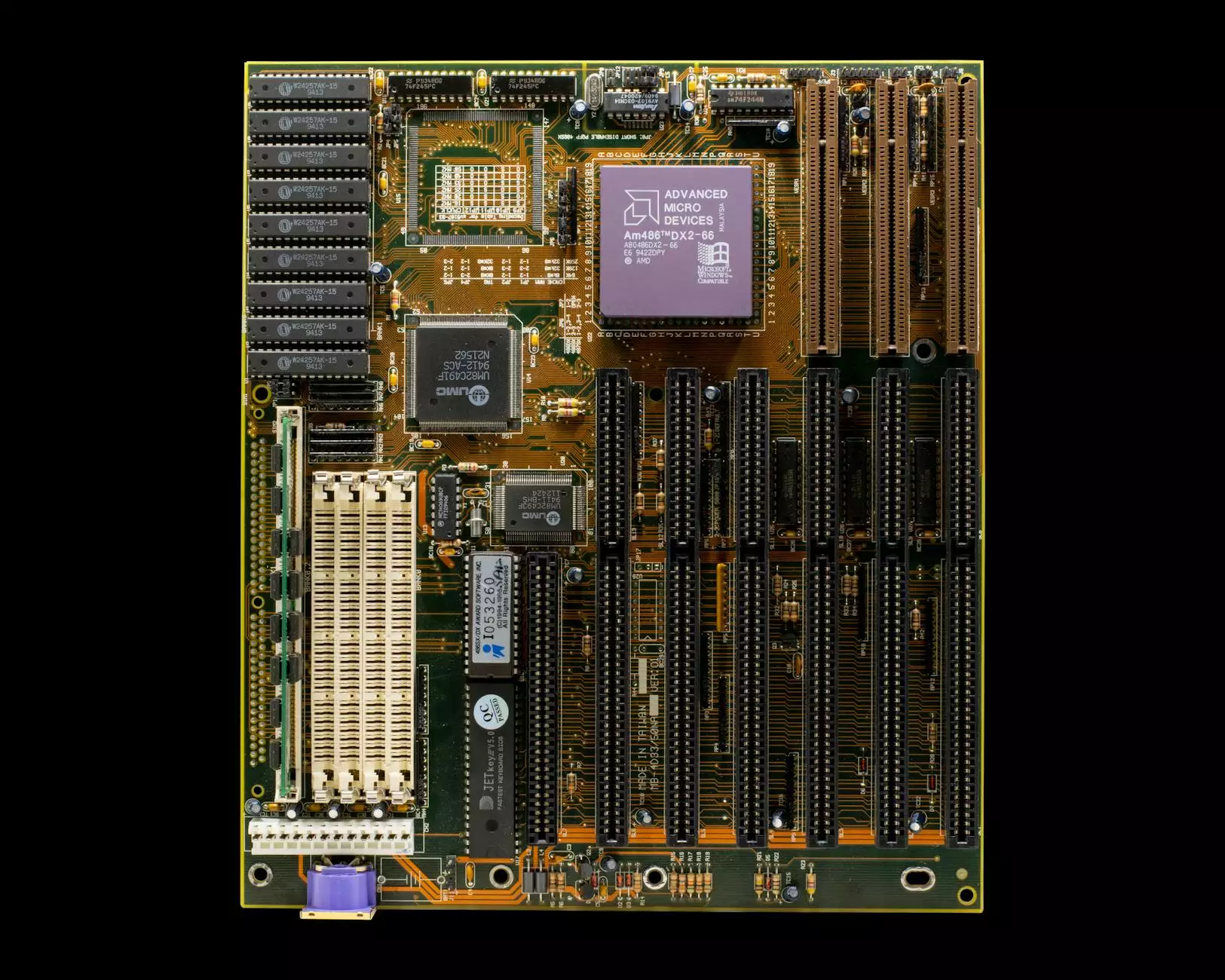How to Install cPanel on CentOS 6 VPS

Installing cPanel on a CentOS 6 VPS can significantly enhance your web hosting capabilities. cPanel is a powerful and user-friendly control panel that facilitates the management of websites, databases, and several hosting features through a simple graphical interface. This guide provides detailed, step-by-step instructions on how to perform this installation smoothly. With this knowledge, you will be better equipped to manage your hosting environment effectively.
Preparing Your VPS for cPanel Installation
Before diving into the installation process, it’s essential to prepare your CentOS 6 VPS. Here’s what you need to do:
- Access Your VPS: Use Secure Shell (SSH) to access your server. You can use tools like PuTTY (for Windows) or the terminal (for Linux/Mac).
- Update Your System: It's crucial to ensure your system is up to date. Run the following command:
- Set Your Hostname: Establish a valid hostname as cPanel requires it. To set your hostname, you can use:
Replace yourdomain.com with your actual domain name. Ensure your hostname resolves to your server's IP address.
System Requirements for cPanel Installation
While installing cPanel on CentOS 6 VPS, it’s vital to ensure your server meets the required specifications. Below are the requirements:
- Operating System: CentOS 6 (64-bit version)
- Processor: Minimum of 1 GHz
- RAM: At least 512 MB (1 GB or more recommended)
- Disk Space: Minimum of 20 GB (preferably SSD for better performance)
- Network: A stable internet connection
Having met the above requirements, we can now move to the installation process.
Installing cPanel on CentOS 6 VPS
The actual installation of cPanel can begin. Follow these steps carefully:
Step 1: Install Perl
cPanel is dependent on Perl, so you need to install it using the following command:
yum install perl -yStep 2: Disable SELinux
cPanel recommends disabling SELinux. To do this, edit the SELinux configuration file:
vi /etc/selinux/configChange the line that says SELINUX=enforcing to SELINUX=disabled. Exit and save the file, then reboot your server:
rebootStep 3: Download the cPanel Installation Script
Next, you'll need to download the latest installation script for cPanel:
cd /homewget -N http://httpupdate.cpanel.net/latestStep 4: Execute the Installation Script
Run the downloaded script using the following command:
sh latestThis process can take some time, depending on your server’s resources and internet speed. The installation will automatically configure several components, and you will see output in your terminal as the process runs.
Post-Installation Configuration
Once the installation is complete, you need to configure cPanel:
Step 5: Access WHM (Web Host Manager)
After installation, access WHM with your browser. Go to:
https://your-vps-ip:2087Replace your-vps-ip with your actual VPS IP address. Accept the SSL certificate warning as it is self-signed.
Step 6: Complete the WHM Setup Wizard
The WHM setup wizard will guide you through several configuration steps, including:
- Setting the License: You will need to agree to the cPanel license terms.
- Setting Up Nameservers: Configure default nameservers for your domains.
- Configuring Networking: Enter details such as IP address and domain name.
- Setting Up Server Contact Information: Input your contact details for notifications.
Common Issues and Troubleshooting
During the installation or configuration, you may encounter some issues. Here are common problems and their solutions:
cPanel Installation Fails
If the installation fails, check your server’s resource limits or network connection. Insufficient RAM or disk space is a common cause of failure.
Access Denied Errors
Ensure that your VPS is configured correctly and that you are using the right credentials to access WHM.
Conclusion
Installing cPanel on CentOS 6 VPS can seem daunting, but with this comprehensive guide, you are well-equipped to handle the process effectively. From preparing your VPS to troubleshooting common issues, you now have the tools to create a powerful hosting environment. Make sure to continuously monitor and optimize your server for the best performance.
Whether you are managing personal projects or business websites, cPanel provides a robust and reliable solution. For further questions or more detailed assistance, visit our website at germanvps.com for expert IT services and support.
how to install cpanel on centos 6 vps








